SELECT, INSERT, UPDATE, and DELETE commands frequently include WHERE clauses to specify filters that define the conditions each row in the source tables must meet to qualify for an SQL command. Parameters provide the filter values in the WHERE clauses.
You can use parameter markers to dynamically provide parameter values. The rules for which parameter markers and parameter names can be used in the SQL statement depend on the type of connection manager that the Execute SQL uses.
The following table lists examples of the SELECT command by connection manager type. The INSERT, UPDATE, and DELETE statements are similar. The examples use SELECT to return products from the Product table in AdventureWorks2012 that have a ProductID greater than and less than the values specified by two parameters.
EXCEL, ODBC, and OLEDB
SELECT* FROM Production.Product WHERE ProductId > ? AND ProductID < ?
ADO
SELECT * FROM Production.Product WHERE ProductId > ? AND ProductID < ?
ADO.NET
SELECT* FROM Production.Product WHERE ProductId > @parmMinProductID
AND ProductID < @parmMaxProductID
The examples would require parameters that have the following names:
The EXCEL and OLED DB connection managers use the parameter names 0 and 1. The ODBC connection type uses 1 and 2.
The ADO connection type could use any two parameter names, such as Param1 and Param2, but the parameters must be mapped by their ordinal position in the parameter list.
The ADO.NET connection type uses the parameter names @parmMinProductID and @parmMaxProductID.


